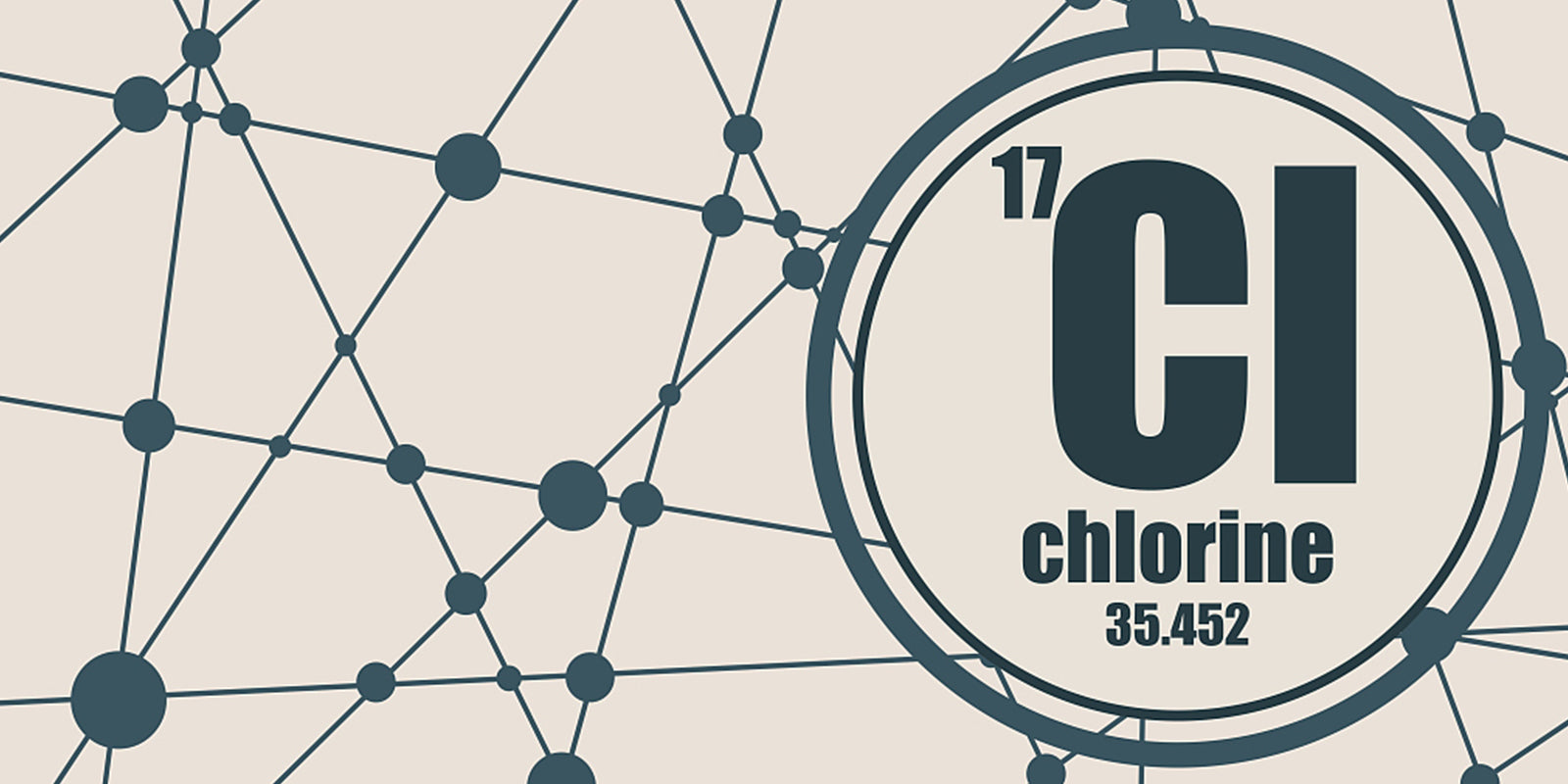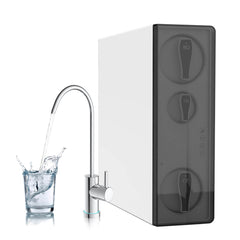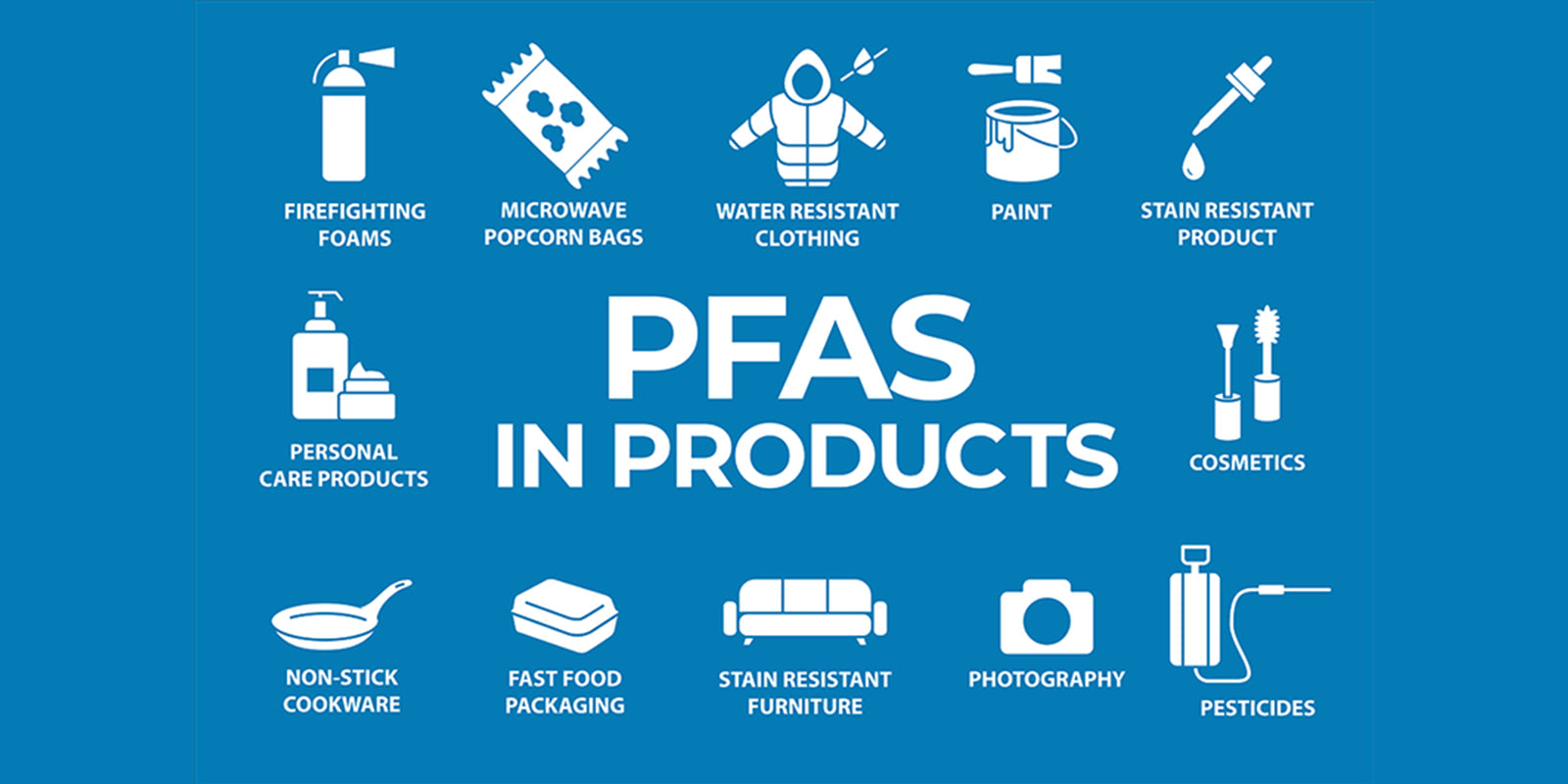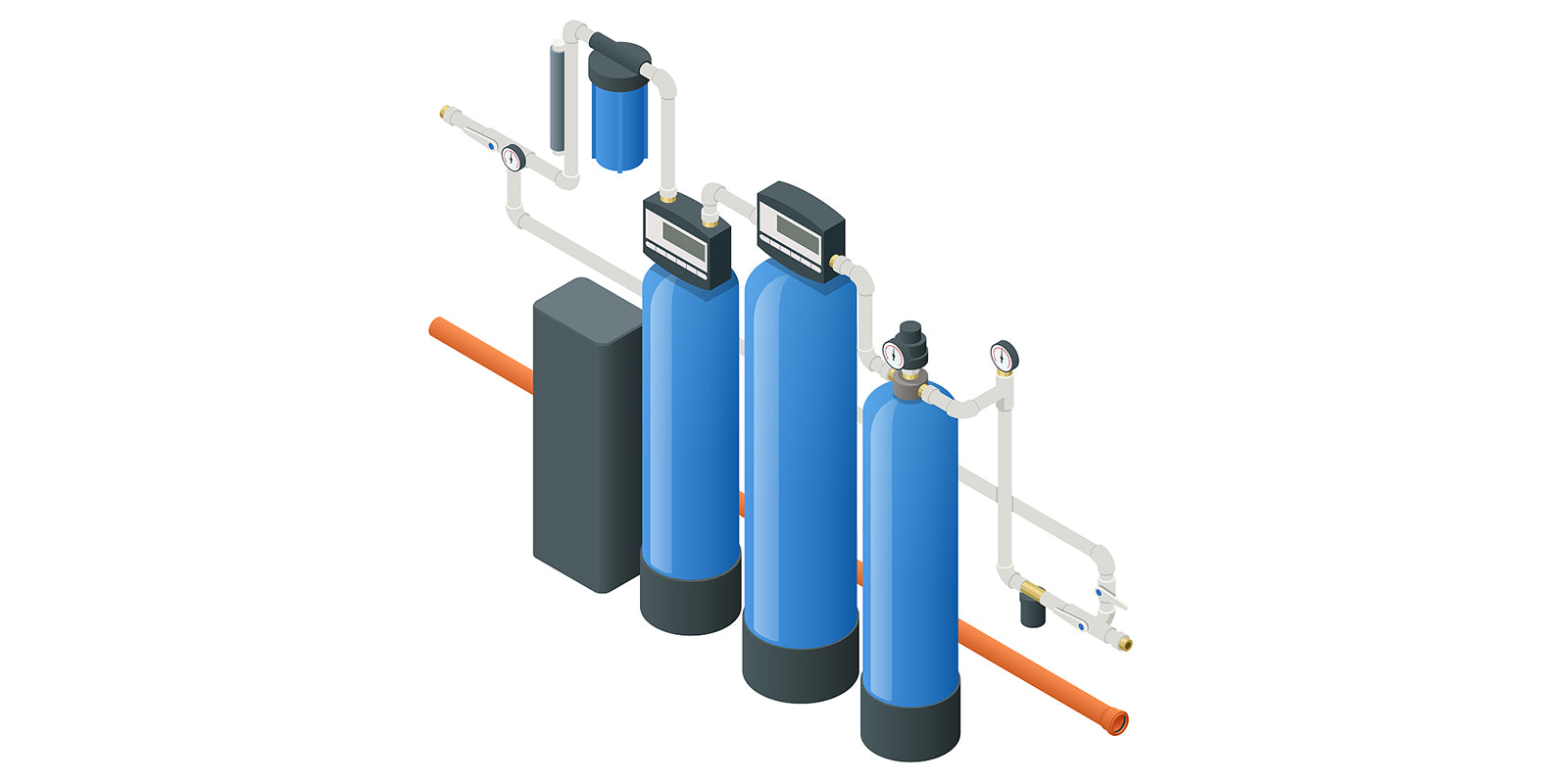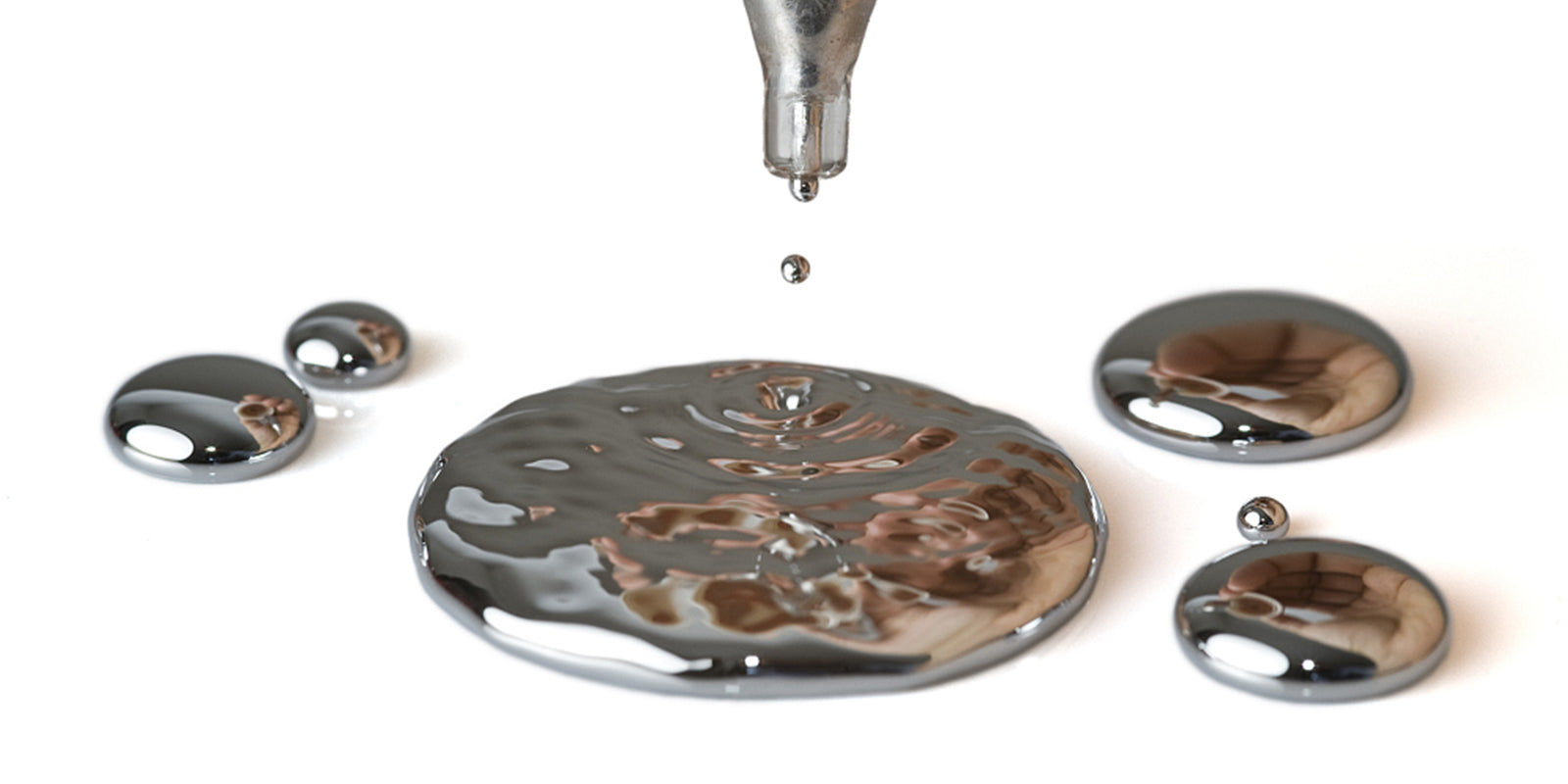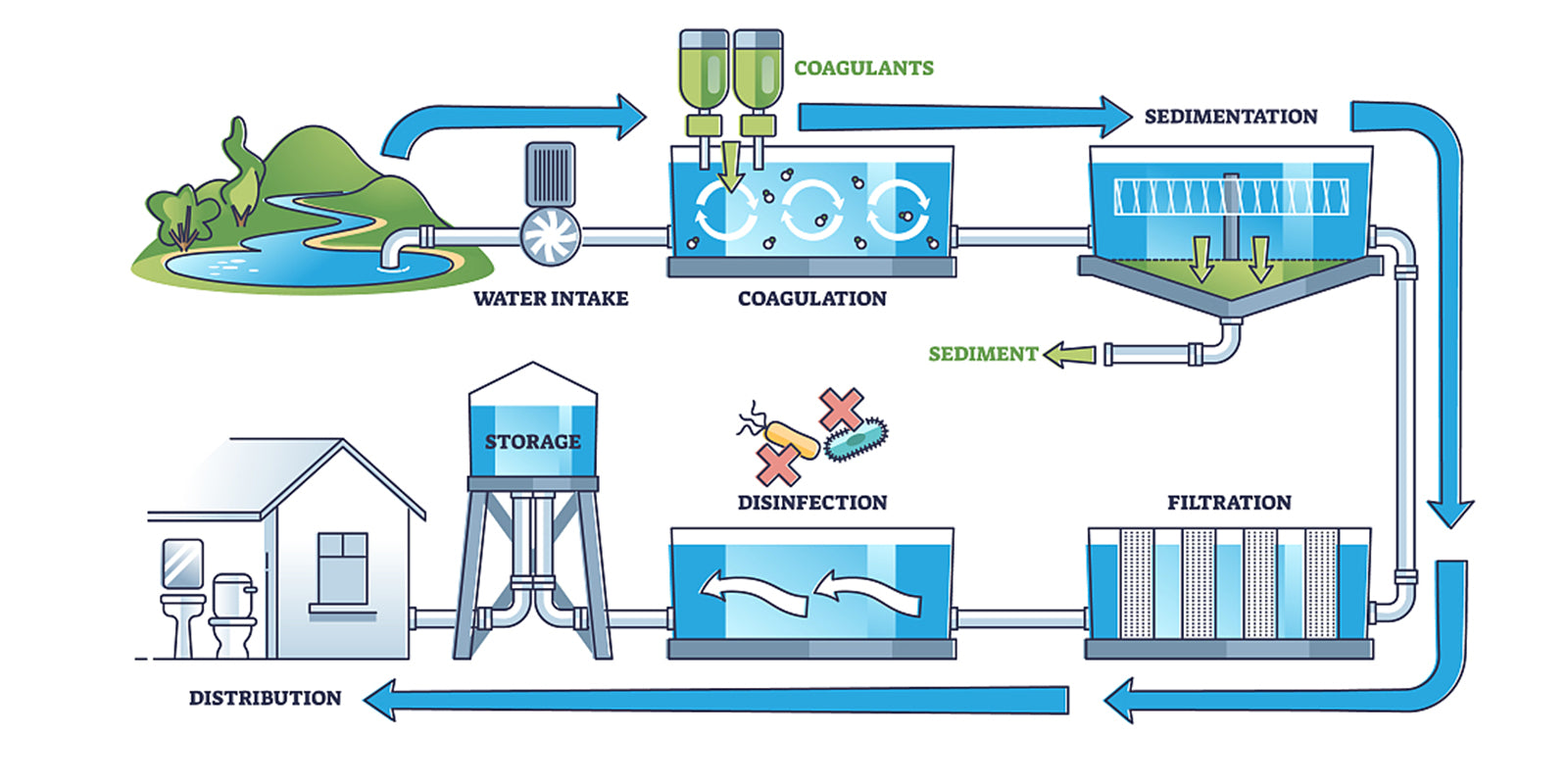What is chlorine and chloramine?
Before discussing this issue, we must first have a certain understanding of chlorine and chloramine. First of all, chlorine is a non-metallic element that exists in places like seawater and the earth's crust in various forms. In our daily life, we are more familiar with its state as a liquid form of a cleaning agent. Chloramine is a chemical variant of chlorine that contains ammonia, and is generally safe to drink and use around the home in the same way traditional, chlorine-treated tap water would be.

How to deal with chlorine in water?
Boiling
How long to boil water to remove chlorine? Boiling for at least 15 minutes will release the chlorine, which is probably the easiest way to remove chlorine, but it is not particularly suitable for all drinking water, because it is generally drunk or used after cooling.
Cooling
Another way to deal with chlorine is to cool it. You can place an open container of tap water in the refrigerator and the chlorine will evaporate over time. But depending on the amount of water, you may need 24 hours or longer. You can also let water sit to remove chlorine, but it may take longer time.
Ultraviolet light
Ultraviolet light can also be used to disinfect water, which removes chlorine from the water. This method works by destroying chlorine molecules. However, due to its high price, it is not widely used in households.
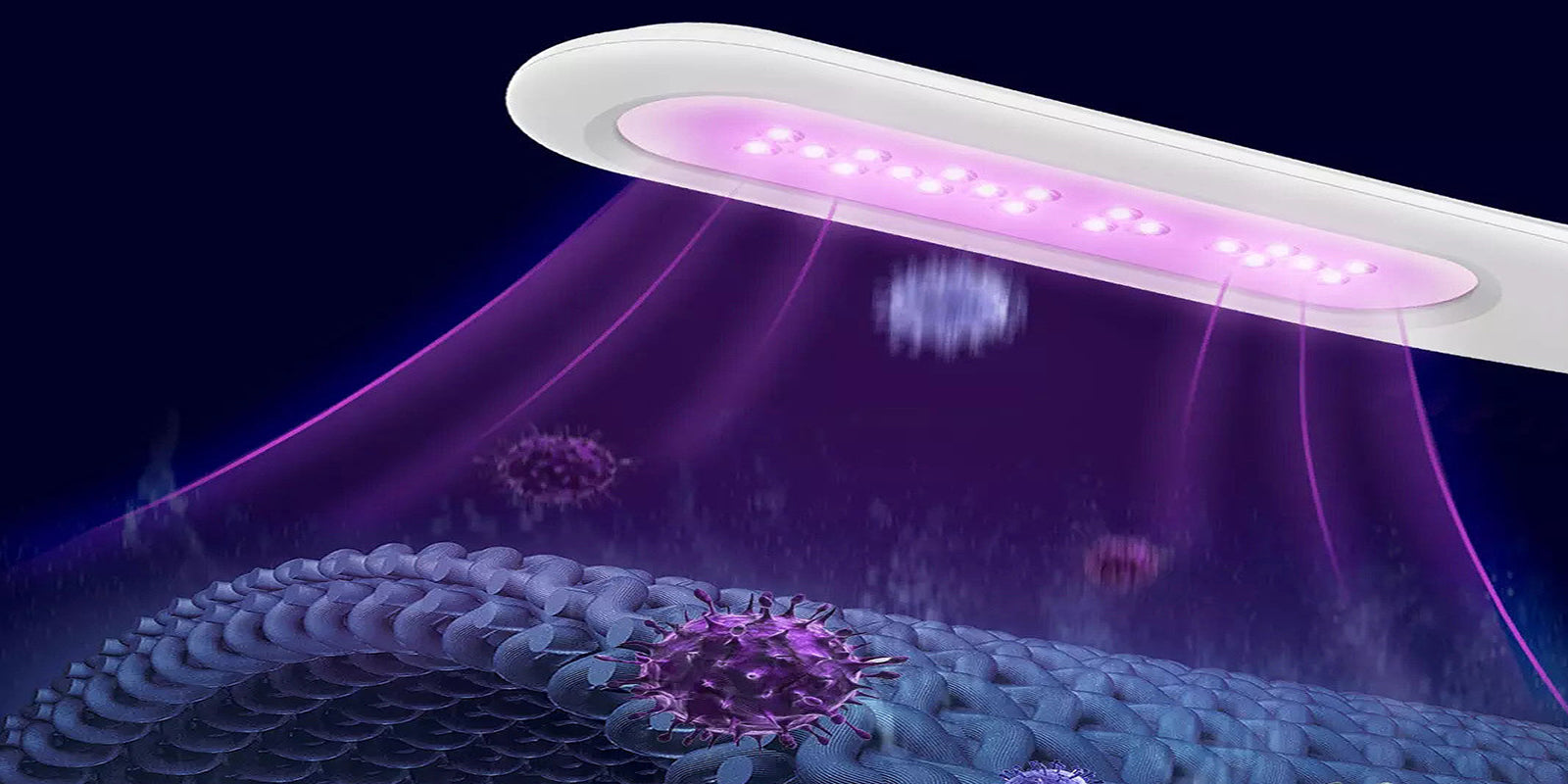
Water filtration system
Compared with other methods, the most efficient and simple way is to use a water filtration system to filter the water. There are many different types of water purifiers on the market. You need to choose a water filtration system that is suitable for your family and can remove chlorine. For example, activated carbon filters that work by adsorbing chlorine molecules to the surface of the carbon, reverse osmosis systems also remove chlorine by blocking large molecules of chlorine as water passes through a semipermeable membrane.
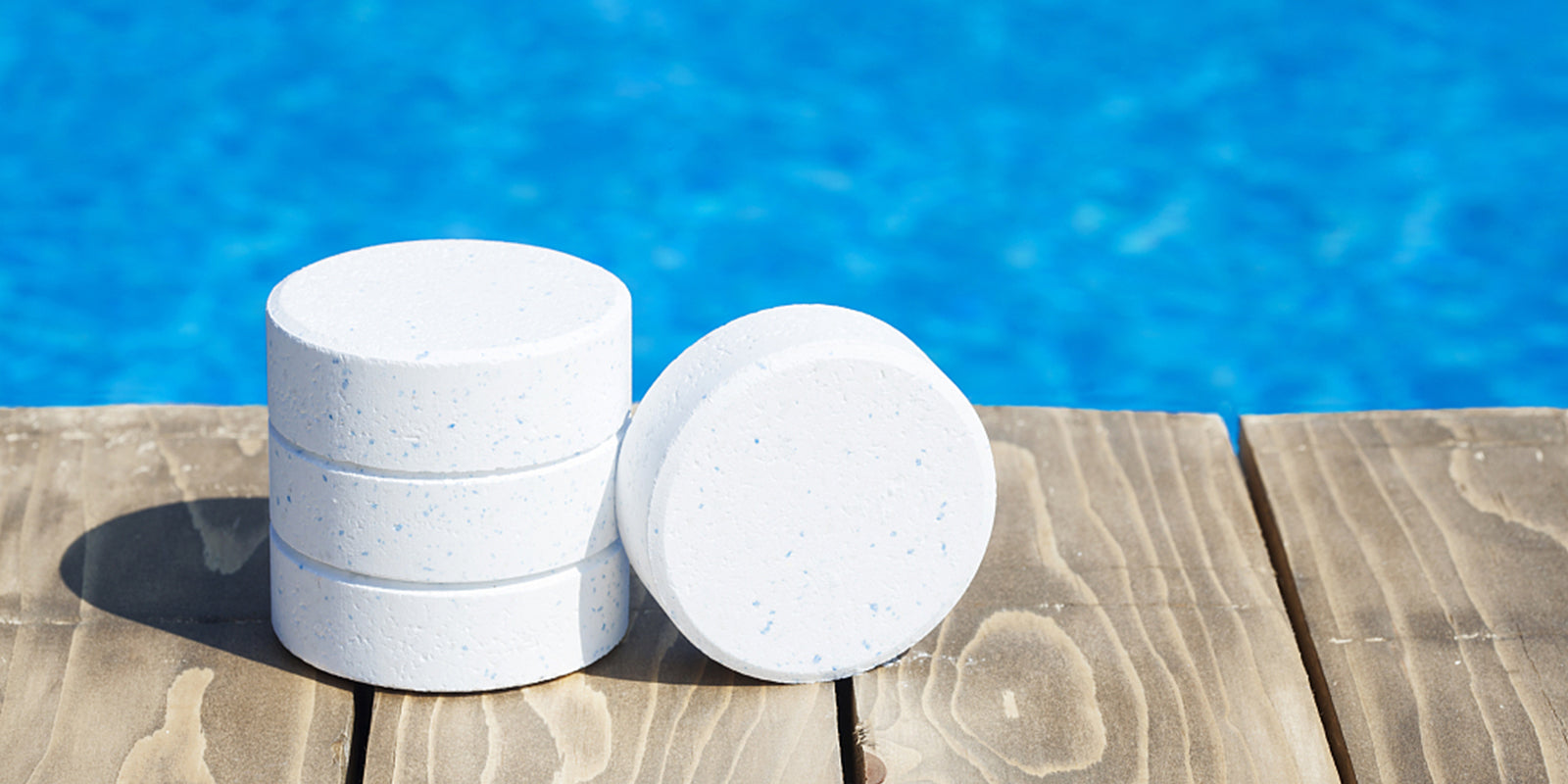
The water filter that can remove chlorine and chloramine
Activated carbon filtration
There are various ways of removing chlorine and chloramine from water. Carbon filtration is an effective way to absorb the various contaminants in water, including chlorine and chloramine.
Reverse osmosis
The reverse osmosis filtration is a high-tech water treatment, considered to be the most effective water filtration technology out there. It features 0.0001-micron pore size, intercepting any contaminants larger than that size. This means that only water particles can pass through the RO membrane. It's thorough not only for chlorine and chloramine, but for eliminating several other common contaminants.
AWater 1 Tankless Reverse Osmosis System Under Sink RO Water Filtration
Ultrafiltration system
The ultra-filtration water filter system is also efficient at chloramine reduction. It depends on 0.01-micron ultrafiltration membrane to intercept most contaminants. The ultra-filtration filter combines with the activated carbon filter to deliver a double protection system that ensures excellent reduction. While its filtration accuracy is not as good as RO membrane, an ultra-filtration water filter is an affordable and effective alternative to remove chlorine and chloramine from water.

